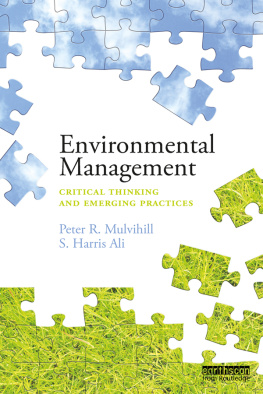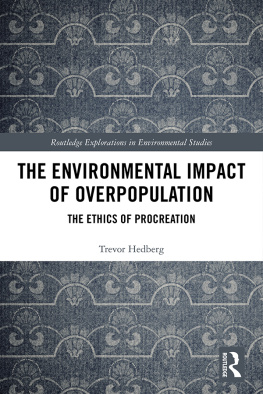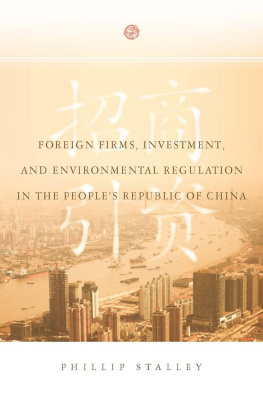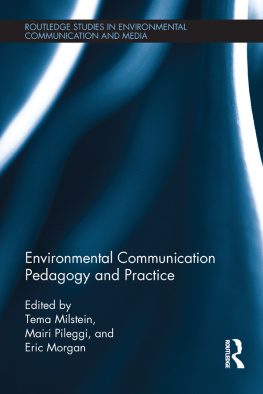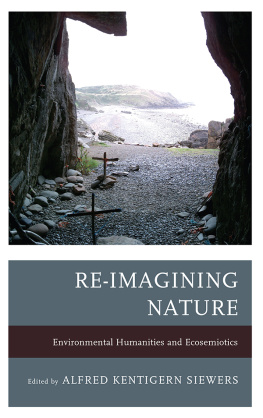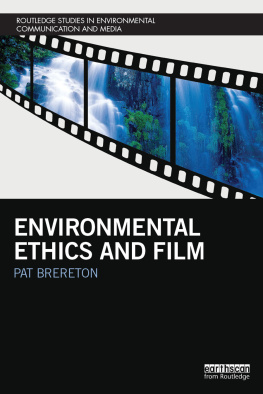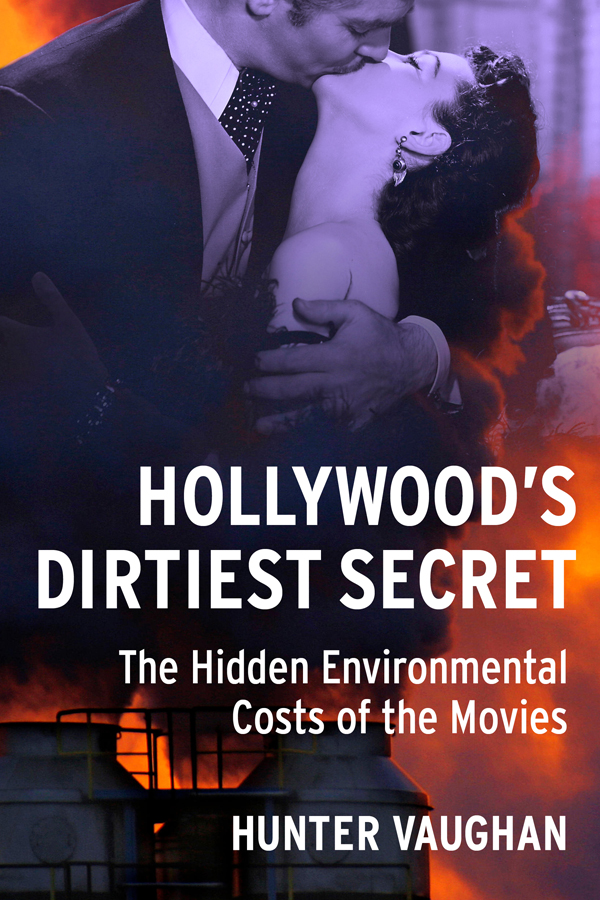Contents
Guide
Pagebreaks of the print version
HOLLYWOODS DIRTIEST SECRET
Film and Culture Series
FILM AND CULTURE
A series of Columbia University Press
Edited by John Belton
For a complete list of titles, see https://cup.columbia.edu/series/film-and-culture-series
Hollywoods Dirtiest Secret
The Hidden Environmental Costs of the Movies
Hunter Vaughan
Columbia University PressNew York 
Columbia University Press
Publishers Since 1893
New YorkChichester, West Sussex
cup.columbia.edu
Copyright 2019 Columbia University Press
All rights reserved
E-ISBN 978-0-231-54415-3
Library of Congress Cataloging-in-Publication Data
Names: Vaughan, Hunter, author.
Title: Hollywoods dirtiest secret : the hidden environmental costs of our screen culture / Hunter Vaughan.
Description: New York : Columbia University Press, 2019. | Includes bibliographical references and index.
Identifiers: LCCN 2018044271 (print) | LCCN 2018050562 (ebook) | ISBN 9780231182409 (cloth : alk. paper) | ISBN 9780231182416 (pbk. : alk. paper)
Subjects: LCSH: Motion picture industryEnvironmental aspects. | Motion picturesProduction and directionEnvironmental aspects.
Classification: LCC PN1993.5.A1 (ebook) | LCC PN1993.5.A1 V38 2019 (print) | DDC 791.4309dc23
LC record available at https://lccn.loc.gov/2018044271
A Columbia University Press E-book.
CUP would be pleased to hear about your reading experience with this e-book at .
Cover design: Lisa Hamm
Cover image (composite): Photofest and blickwinkel/Alamy Stock Photo
Contents
This book reflects the merging of multiple lifelong passions and is the product of many years of research, reflection, and interaction with a range of generous and inspiring human beings, nonhuman animals, and natural and constructed environments. The path to this point has crossed many countries and cities, its concepts and arguments shared in various iterations both formal and informal during conferences and conversations and in classrooms. Much like the intersection between media and the environment, once one thread was pulled, it tugged a hundred different tapestries; disparate fields became united facets; and professors, filmmakers, and friends helped to open new horizons to explore and questions to consider. In short, writing this book has been an immersive and invigorating adventure, and what I present here is a project that is far from over and far from being exclusively mine.
In terms of the ongoing exchange of ideas and the development of this new field of inquiry, I am fortunate to have caught the swell of a wave just before it crested and to be a part of its current crashing. I am deeply grateful to those who laid the foundation and organized the forums for this set of inquiries, gave me opportunities to work through them in public and private, and served as important and inspiring colleagues, trailblazers, mental cavorters, and drinking companions throughout, including Nadia Bozak, Shane Brennan, Tom Conley, Sean Cubitt, Kyle Edwards, Dan Herbert, Brian Jacobson, E. Ann Kaplan, Selmin Kara, Jeff Menne, Salma Monani, Elena Past, Constance Penley, Amy Rust, Steve Rust, Nicole Starosielski, and Graig Uhlin. I also owe much gratitude as well to a wonderful group of peers, colleagues, and friends, among them Tim Donahue, Brendan Kredell, Missy Molloy, Lauren Pendleton, Alison Powell, and Alex Zamalin.
Significant advances were made in this study and the furtherance of this field thanks to a Rachel Carson Fellowship in 2017, for which I am extremely thankful to the Rachel Carson Center, Munich, as well as to those that joined in those sessions, including Jim Schwoch, Jon Raundalen, and Alexa Weik von Mossner. Of this group, I owe a particular and profound debt to three longtime collaborators: Pietari Kp, whose ongoing commitment and affability continue to shape my next steps; Adrian Ivakhiv, whose incredibly generous reading of this book and riveting feedback were invaluable to its current shape; and Janet Walker, my longtime partner in crime, who has forged ahead with me from the beginning and remains a true standard bearer, never flagging in her diligent efforts to promote environmental justice and to help bring this intersecting field to institutional visibility. The many companions listed above have been part and parcel of my personal and professional morphology over this past decade, and I thank them from the bottom of my heart.
For the nuts and bolts of this achievement, which itself is only a step along a longer path, I am greatly appreciative of a number of industry professionalsincluding Ricou Browning Jr., Rachael Joy, Steve Galich, and Pete Zucchariniwho lent me their expertise and insight, and for the extensive archive research necessary I am grateful to Jenny Romero and the Margaret Herrick Library in Beverly Hills, California; Ned Comstock and the Doheny Memorial Library at the University of Southern California, Los Angeles; and the Harry Ransom Center at the University of Texas, Austin. I was fortunate to have completed this book while on research sabbatical from Oakland University and in the unique intellectual atmosphere of the University of Miamis Abess Center for Ecosystem Science and Policy, and I thank the faculty and researchers at the centerin particular Kenny Broad, Gina Maranto, and Lisa Johnsfor their continued exchange, warm smiles, and inspired intelligence, with special thanks to Shireen Rahimi for her invaluable assistance with the images in this book. And I am profoundly grateful to the team at Columbia University Press, including John Belton and Michael Haskell, and to copy editor Annie Barva for her keen eye. And I extend my sincerest appreciation for Philip Leventhal, whose devoted editorial attention and keen guidance were essential to the books final form.
On a more personal note, I send love and gratitude to my parents, Nicki and David Vaughan, for a childhood of rambling walks by the Chattahoochee River and summers spent hunting for sharks teeth and assisting sea turtles in the soft sands of Floridas Atlantic coast: they provided me a childhood from which a deep appreciation for natureand our place in itwas born. And for Meryl Shriver-Rice, my copilot, whose boundless curiosity and stimulating provocations transformed not only this books potential but also my own perspective at many a turn, there is no way to adequately articulate my gratitude; luckily, she isnt verbal, so I dont have to try. She learned well from her father, Randy Rice, and reminds me at every step how important it is to feel the weight of rocks; these pages burn with that love of weight and materiality, the appreciation we owe to things. I dedicate this book to Meryl and, with her, to that weightto the sands of Fernandina and Flagler Beach, the waters and waves of the Atlantic Ocean, the bird-swept peaks of the Blue Ridge and Dolomite Mountains, the magnolia branches of Atlanta and Orvieto, and the garden snails, majestic manatees, feline friends, and watchful herons that accompany us in everything we do.
Just as water, gas, and electricity are brought into our houses from far off to satisfy our needs in response to a minimal effort, so we shall be supplied with visual or auditory images, which will appear and disappear at a simple movement of the hand, hardly more than a sign.
Paul Valry, The Conquest of Ubiquity
THE SECRET
Hollywoods dirtiest secret is not lascivious, includes no insider power plays, and does not come with low-resolution snapshots from a motel room or rehab clinic. It does not involve a sex tape, a murder mystery, executive drama, or a drug scandal. Hollywoods dirtiest secret is much dirtier and much more secret, and we all are in on itthough we may not know it yet.


